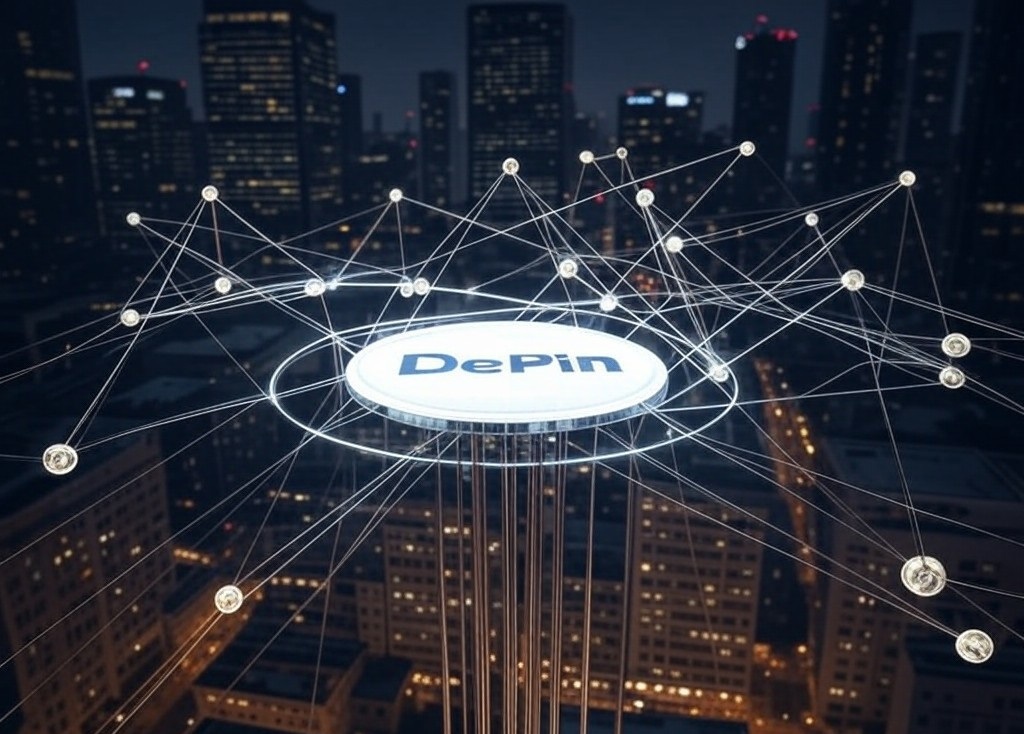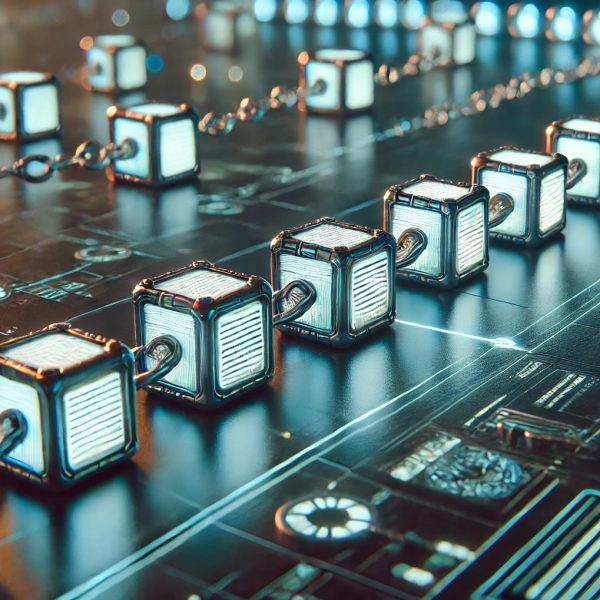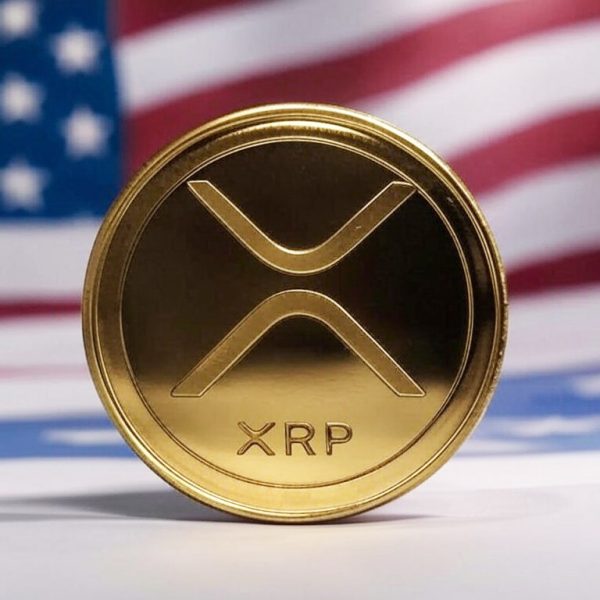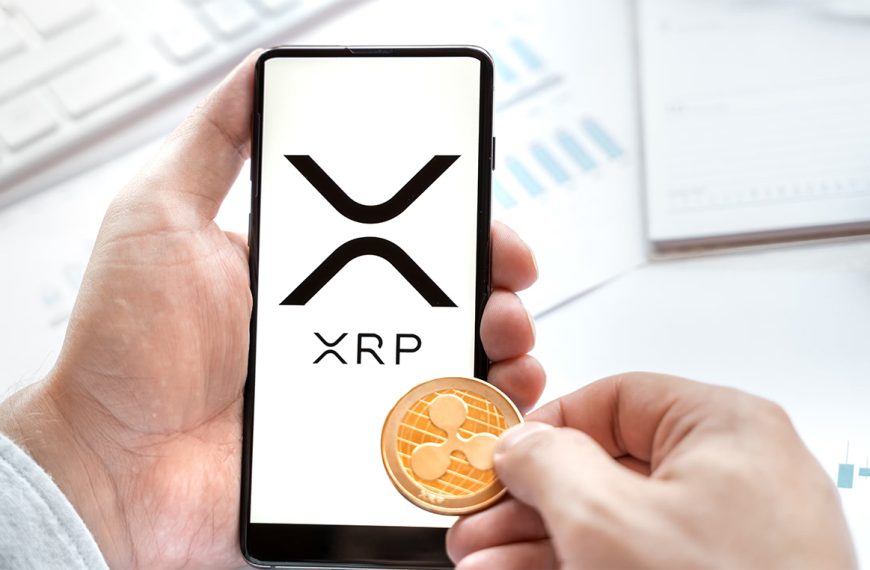As blockchain technology evolves, its use cases extend far beyond digital finance and NFTs. Enter DePIN, or Decentralized Physical Infrastructure Networks — a concept that merges blockchain with real-world physical infrastructure to create decentralized, incentivized solutions for traditional systems. From IoT (Internet of Things) to decentralized energy grids, DePIN represents the next big leap towards efficient and equitable infrastructure.
In this article, we’ll break down what DePIN is, how it works, its benefits, and key projects leading this transformation.
Understanding DePIN: A New Era of Decentralized Infrastructure
At its core, DePIN leverages blockchain to decentralize the management and operation of physical infrastructure. Unlike traditional centralized systems, where a single entity controls infrastructure, DePIN operates on decentralized networks. Participants contribute resources—like hardware, connectivity, or energy—and are rewarded through blockchain-based incentives, typically in the form of tokens.
How DePIN Works
DePIN relies on blockchain technology to:
- Coordinate participants who share physical infrastructure.
- Incentivize users to deploy and maintain resources.
- Verify contributions through cryptographic proofs or consensus mechanisms.
For example, projects like Helium use blockchain to reward individuals who provide IoT network coverage through hardware devices, creating a decentralized network that competes with centralized telecom providers.
Why DePIN Matters: Real-World Benefits
The importance of DePIN lies in its ability to solve inefficiencies in traditional infrastructure systems. Here are the core advantages:
1. Incentivized Participation
DePIN uses token-based incentives to encourage individuals or businesses to provide resources such as bandwidth, energy, or computing power. This reduces reliance on centralized corporations and opens up opportunities for global participation.
2. Cost-Efficiency
By cutting out intermediaries and using peer-to-peer systems, DePIN significantly reduces costs for deploying and maintaining infrastructure.
3. Decentralized Control
Traditional infrastructure networks are vulnerable to monopolization and single points of failure. DePIN offers decentralization, ensuring networks are resilient, equitable, and transparent.
4. Global Accessibility
DePIN enables infrastructure deployment in regions that lack traditional access due to cost barriers or insufficient corporate investment. It empowers individuals to build and contribute to global networks.
ALSO READ: 7 Things You Didn’t Know About Blockchain Technology
Top DePIN Use Cases and Projects
The growth of DePIN has sparked innovation across several industries. Let’s look at key use cases and projects driving adoption.
1. Decentralized Wireless Networks
- Helium (HNT): Helium uses blockchain to incentivize individuals to deploy wireless IoT hotspots. These hotspots form a global decentralized wireless network.
- Pollen Mobile: A decentralized cellular network where users contribute hardware to expand coverage and earn rewards.
2. Decentralized Storage Solutions
- Filecoin: Filecoin incentivizes users to provide storage space, creating a decentralized alternative to centralized cloud providers like AWS and Google Cloud.
- Arweave: Focuses on permanent data storage with incentives for maintaining data integrity.
3. Energy Grid Management
- Powerledger: A blockchain-based platform enabling decentralized energy trading and grid management.
- Grid+: Uses blockchain to optimize energy distribution and incentivize contributions.
4. Physical Compute Networks
Projects like Akash Network provide decentralized cloud computing by connecting providers with unused computing resources to buyers in need, fostering a global decentralized compute network.
The Challenges Facing DePIN
While DePIN offers tremendous promise, there are challenges that the sector must address:
- Scalability: Coordinating millions of participants and devices requires robust infrastructure and solutions.
- Adoption: Many traditional industries remain skeptical about blockchain-based solutions.
- Regulation: Governments and regulators must develop frameworks to support DePIN without stifling innovation.
Despite these challenges, DePIN’s rapid growth highlights its transformative potential.
ALSO READ: The Fourth Industrial Revolution: Why Ignoring Technology Will Leave You Behind
The Future of DePIN
The future of DePIN looks promising as advancements in blockchain scalability, hardware, and real-world adoption accelerate. As global connectivity demands increase and centralized models face limitations, decentralized physical infrastructure will play a key role in enabling the next generation of networks, from IoT to energy.
The ongoing success of DePIN projects like Helium, Filecoin, and Powerledger proves that blockchain can bridge the gap between digital and physical infrastructure. For developers, businesses, and investors, DePIN represents a major opportunity to build a more resilient, decentralized future.
Final Thoughts
DePIN is a groundbreaking approach that combines blockchain with physical infrastructure to solve real-world challenges. By decentralizing systems that have long been dominated by central entities, DePIN unlocks new efficiencies, reduces costs, and empowers global participation. As adoption continues to grow, decentralized physical infrastructure networks will revolutionize connectivity, energy, storage, and more.











